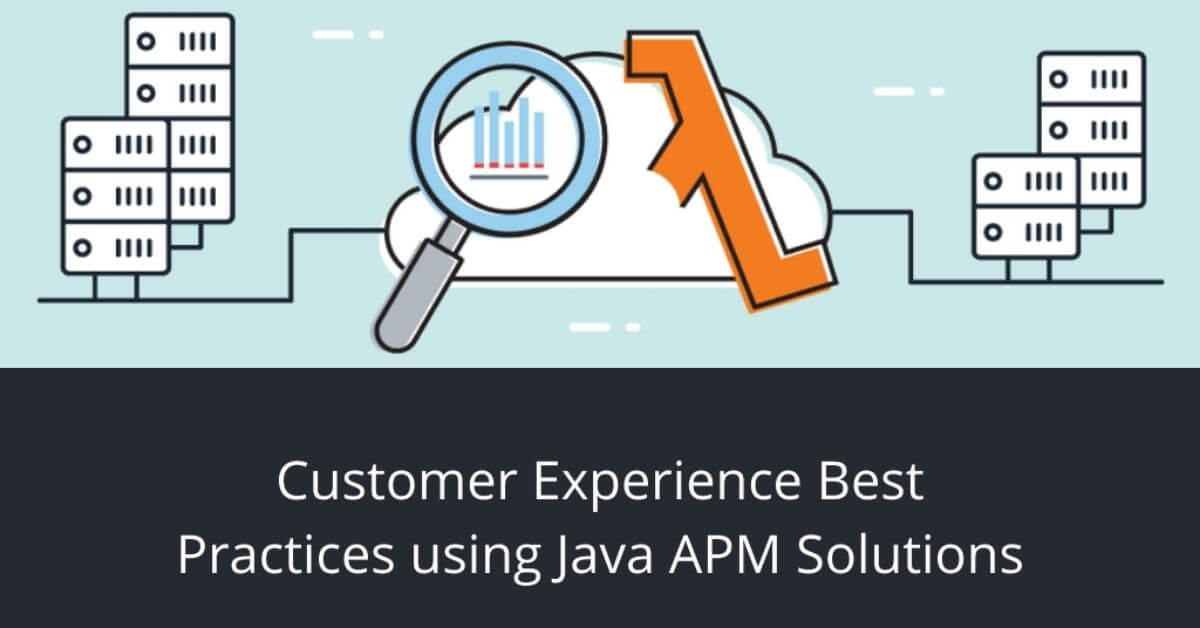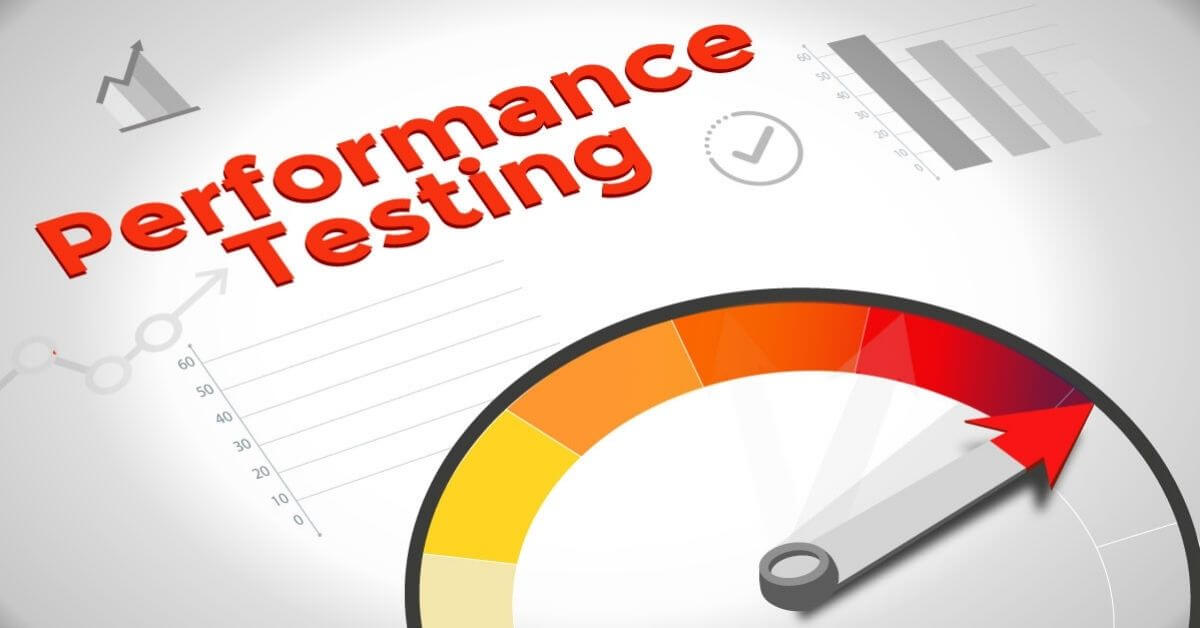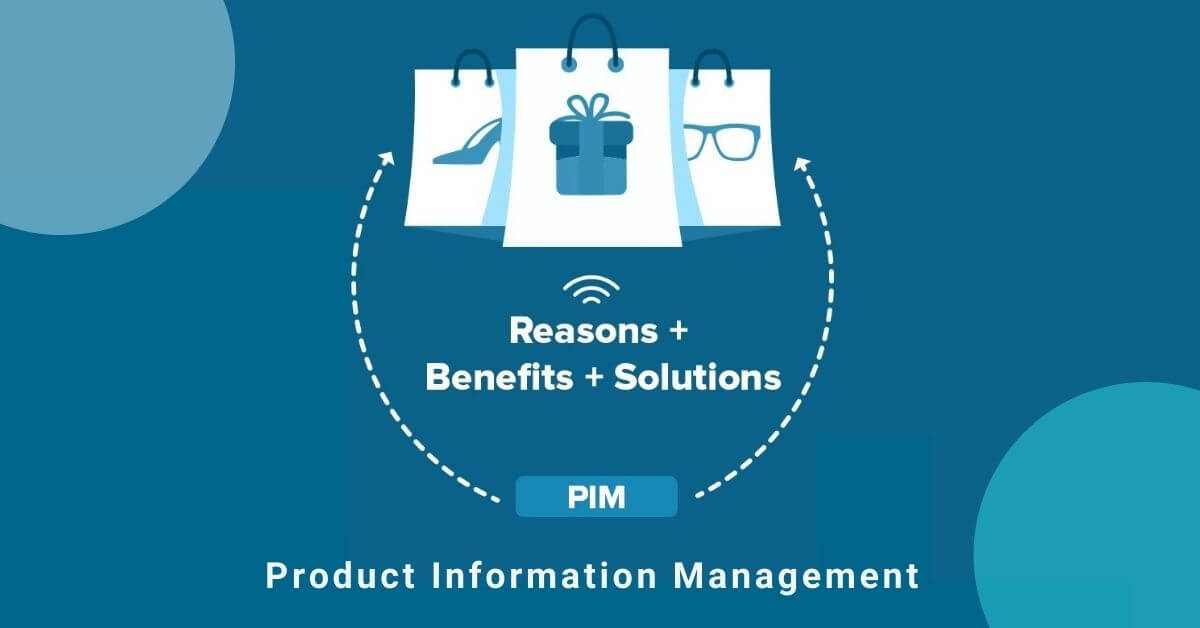Customer Experience Best Practices using Java APM Solutions
As new development approaches and architectures gain popularity, application performance management (APM) is becoming more important than ever before.
An application performance management (APM) system allows information technology departments to monitor and manage the performance of mission-critical applications and systems.
APM Overview
As new development approaches and architectures gain popularity, application performance management (APM) is becoming more important than ever before. While the cloud and loosely connected web services assist in the digital transformation, they also speed up the development process and increase the complexity of Java application development services. As a consequence, slowdowns and outages grow more common, and they are more difficult to diagnose and resolve.
How APM is useful?
Application environment monitoring is the activity of proactively monitoring the numerous aspects of an application environment in order to discover and mitigate concerns before they become big problems. We might think of APM as our guide in locating the needle (or needles) in a digital haystack that spans several places and different forms of technology in today's applications, which are often complex and dispersed ecosystems by nature.
Technology that allows information technology departments to monitor and control the performance of mission-critical applications, Application Performance Management (APM), has been evolving and maturing for some years. Concentrating on APM is beneficial to both the IT department and the enterprise that it supports.
In particular, new architectures make applications more complicated and interconnected, which is particularly important. This document offers APM best practices derived from real-world APM user evaluations on IT Central Station, which were compiled in this paper. It is possible that their ideas may assist APM adopters in getting the most out of their investment in the technology.
In order to keep your apps accessible and running at peak levels, it is a key component that must change at the same rate as the technology that surrounds us. Your apps serve as a showroom for your business, and customers' expectations are only becoming higher with each passing year.
Let's examine best practices for configuring APM in Java applications in order to better evaluate the influence on the level and to enhance the end-user experience.
- Evaluate the end-digital user's experience with real-time
User experience management is a technique in which measures are made of how a website or web application behaves when real-world end-users use the domain or service.
- Examine Middleware is a must-have
The application teams need to acquire clear insight into how a user transaction is impacted and which tier in the application middleware is the source of the problem, assuming that RUM has discovered the issue in the server-side backend of the system.
Transaction monitoring in the Java runtime environment is the process of tracking business transactions across all tiers and identifying the tier that is responsible for application slowdowns.
Administrators may acquire code-level insight into the error-prone application code, isolate sluggish database searches, and detect slow remote procedure calls by using this kind of analysis.
- Total transparency
Businesses must have total transparency across their IT infrastructure in order to achieve success and offer great digital services during these unpredictable times. In this way, IT operations teams will be able to consistently and swiftly enhance the digital experiences that end users get.
IT has evolved into a strategic driver of business results, and taking proactive aspects of performance measurement will never be more vital than it is now.
- Use Joined Application and Structure Visibility
Unlike traditional software, applications do not work in silos. In order to offer the application service, a number of infrastructure components such as a network, a server, a database and storage, virtualization, cloud computing, and containers must all function together.
When it comes to Java business transactions, monitoring them will only go you as far as finding code-level problems. When a storage bottleneck occurs in a SAN array, it has an influence on all databases and, as a result, on all application queries that touch the database. Transaction monitoring is unable to identify the source of the bottleneck.
A true application performance management solution must be able to recognize and understand application dependencies across all supporting infrastructure tiers, as well as automatically correlate performance insights in order to determine if a problem in the IT infrastructure is affecting the performance of the application.
Rather than being watched in silos, the application infrastructure must be monitored as a service with convergent application-centric infrastructure visibility rather than as a standalone component.

Subscribe & get all related Blog notification.





Post your comment